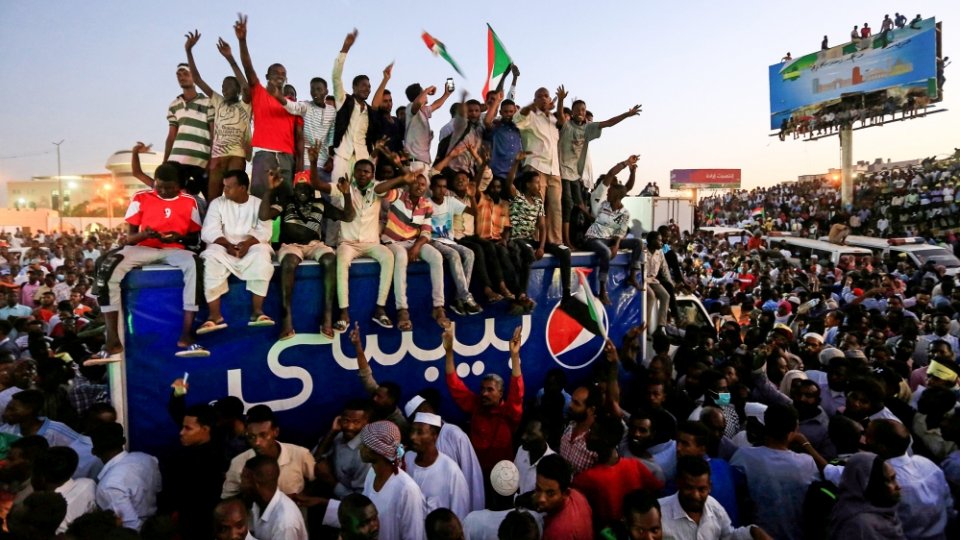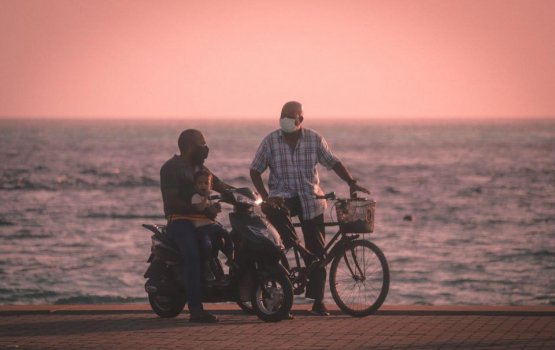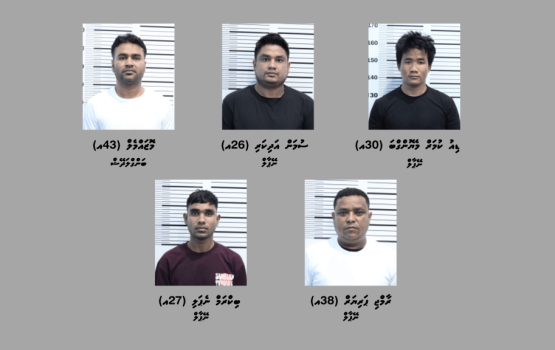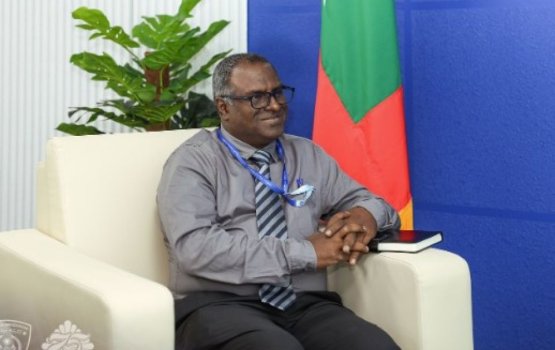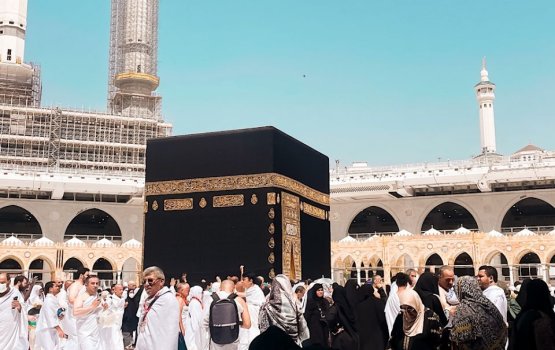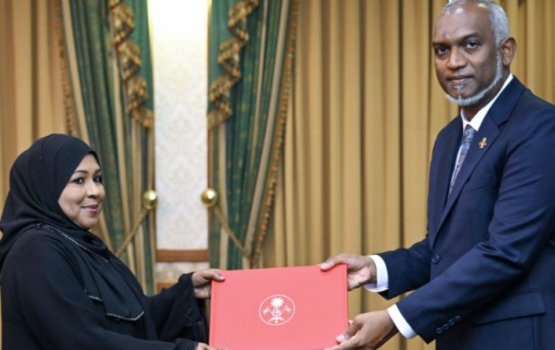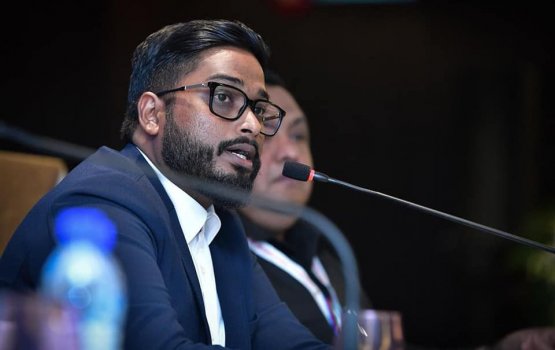For many, the year 2019 had echoes of the protest movements, dubbed the Arab Spring, that gripped the region eight years ago.
Mass demonstrations broke out across Algeria, Sudan, Iraq, Lebanon and Iran as citizens rallied against their governments over corruption and stagnant economies, among other issues.
Arab Spring 2.0?
Tens of thousands of Algerians took to the streets in February after it was announced that longtime ruler Abdelaziz Bouteflika would run for a fifth term in office. In April, as demonstrations continued nationwide, Bouteflika resigned after military chief Ahmed Gaid Salah called for his removal, but the demonstrations continued as protesters demanded root-and-branch political reforms.
Presidential elections were held in December despite opposition from the protest movement, known as the Hirak, which dismissed the Bouteflika loyalist candidates as part of the old guard of ruling elites.
Elsewhere, Sudan's longtime leader Omar al-Bashir was removed on April 11 after almost 30 years in power following months of anti-government protests that began in December 2018. A deadly attack in June on a pro-democracy sit-in at the army's headquarters in the capital, Khartoum, in which at least 120 protesters were killed, marred the largely peaceful protest movement.
A transitional government was sworn in September, with elections set to be held in 2022.
Meanwhile, October saw the largest civil protests in Iraq since the fall of former leader Saddam Hussein in 2003. Dubbed the Tishreen Revolution, the protests started in the capital, Baghdad, but quickly spread to other provinces.
Beginning with calls for an end to corruption, unemployment and inefficient public services, the protest movement escalated into calls for the overhaul of the country's political system, as well as an end to Iranian interference in Iraqi affairs.
Iraqi Prime Minister Adel Abdul Mahdi resigned in late November, but he has remained a caretaker leader while the leading parliamentary blocs have struggled to agree on a successor.
October also saw the eruption of mass protests in Lebanon, where citizens demanded an overhaul of the country's confessional political system, in which power is apportioned among religious groups.
The grassroots movement pressured Prime Minister Saad Hariri to resign on October 26, with President Michel Aoun eventually selecting Hassan Diab as the new prime minister.
Diab's nomination was greeted with more protests, as demonstrators who want a government of independent experts to steer the country out of an economic crisis, criticised Diab for being nominated by Hezbollah and its allies.
In November, against a backdrop of a weakening economy, Iranians took to the streets in response to the government's decision to suddenly increase fuel prices by 50 percent.
According to officials, some 200,000 people took part in the protests, with rights organisation Amnesty International later saying that at least 208 protesters were killed in the subsequent government crackdown.
Iran's Supreme Leader Ayatollah Ali Khamenei has labelled protesters taking violent action as "thugs" and accused counterrevolutionaries and foreign enemies of heightening the unrest.
[Original Article from Al-Jazeera English]

